The corneal trephine is a critical ophthalmic instrument used for various procedures involving the cornea. It is a small device with sharp edges that helps in cutting and shaping the cornea for transplantation, keratoplasty, or other surgical procedures.
The use of a corneal trephine has been established since the 19th century and has undergone significant advancements over the years. As technology continues to evolve, newer versions of this instrument have been developed to make surgeries more precise and efficient.
The main purpose of a corneal trephine is to create circular cuts on the cornea with precision and control. This is crucial for successful outcomes in surgeries such as penetrating keratoplasty, anterior lamellar keratoplasty, or deep anterior lamellar keratoplasty.
One of the most significant advantages of using a corneal trephine outside the optic zone marker is its ability to cut deeper into the stroma without harming other tissues. This allows surgeons to remove damaged or diseased portions of the cornea while preserving healthy tissue around it.
Moreover, using an optic zone marker ensures that the cuts are made at specific intervals, resulting in perfectly round transplants that fit precisely into place. The use of an optic zone marker also reduces trauma to surrounding tissues during surgery, promoting faster healing and better outcomes.
Modern versions of the corneal trephine come equipped with adjustable suction rings that allow for customization according to individual patient needs. The suction ring attaches securely to the eye’s surface, maintaining its position throughout surgery for consistent cutting depth and angle.
Furthermore, many modern corneal trephines also include laser guides that enable precise marking before cutting. These guides aid in reducing errors and enhancing accuracy during surgery.
It is essential to note that while traditional handheld manual trephines are still commonly used by surgeons worldwide, automated systems are gaining popularity due to their efficiency and reduced surgical time. Automated trephines use motors and blades to create perfectly round cuts, leading to faster healing and better patient outcomes.
The corneal trephine is an indispensable ophthalmic instrument for various procedures involving the cornea. Its advancements in technology have made surgeries more precise, efficient, and with improved outcomes for patients. With the increasing demand for better surgical techniques, further developments of this instrument are likely in the future.

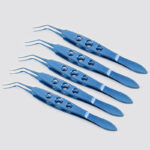 Capsulorhexis Forceps
Capsulorhexis Forceps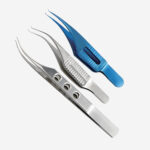 Suture Forceps
Suture Forceps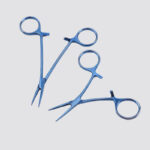 Hemostatic Forceps
Hemostatic Forceps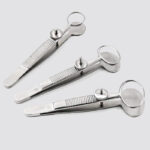 Chalazion Forceps
Chalazion Forceps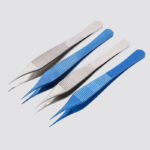 Adson Forceps
Adson Forceps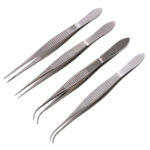 Tissue Forceps
Tissue Forceps









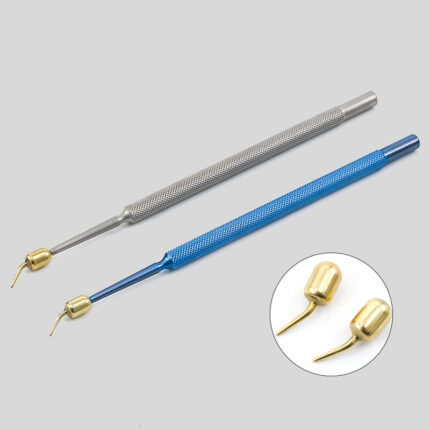
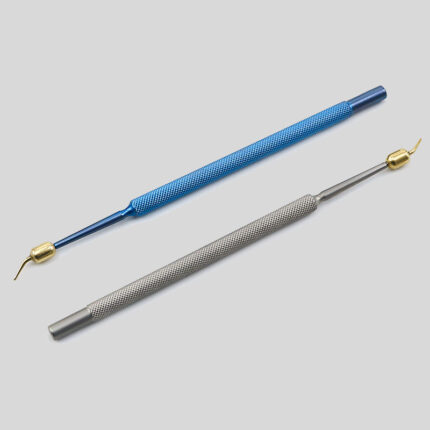
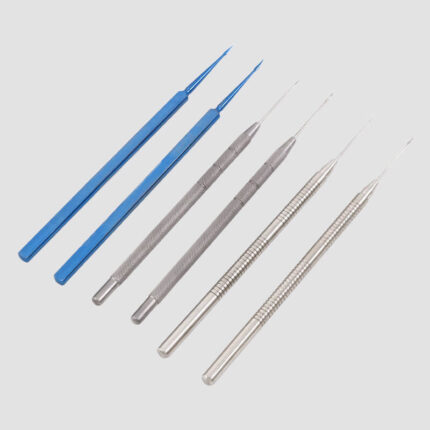
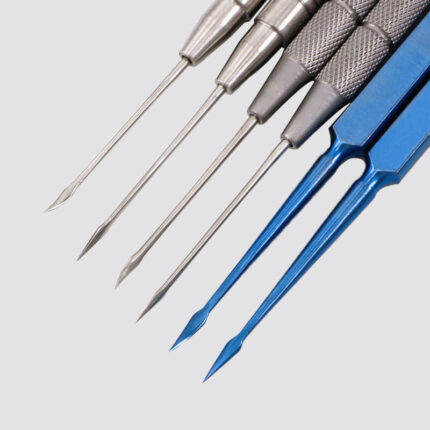




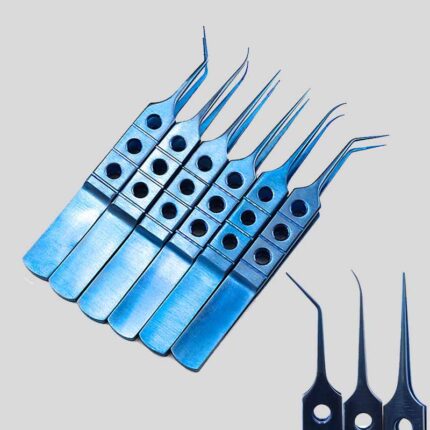
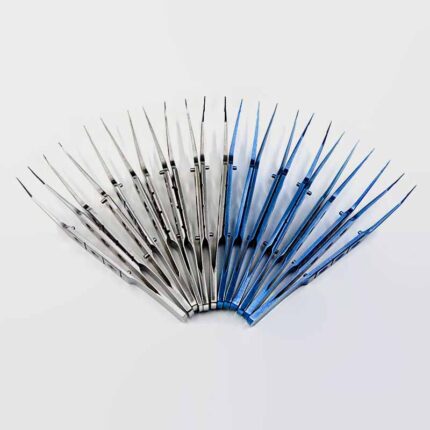


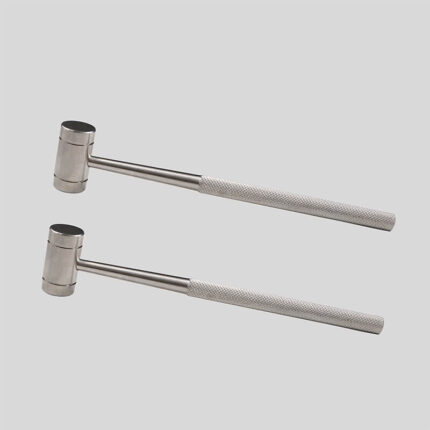


Reviews
There are no reviews yet.